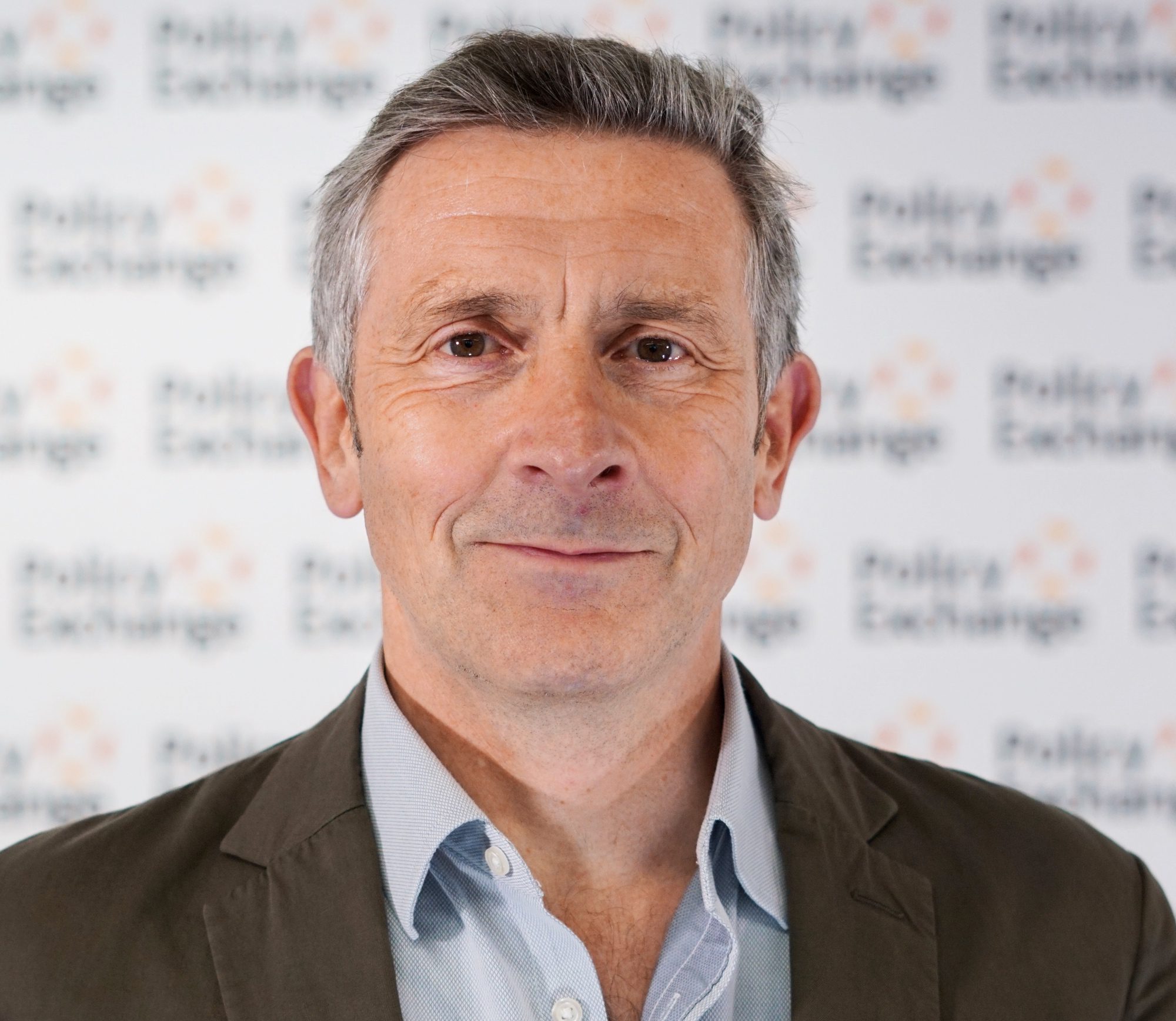
Air Marshal Edward Stringer (Ret’d) CB CBE
Senior Fellow
Military commentators have been quick to co-opt the war in Ukraine to their particular cause. In many cases that cause is a retreat from the modernising agenda of the Government’s Integrated Review (IR) in light of Putin’s deployment of traditional armoured forces. Supplying oxygen to these arguments are those not previously cheer-leaders for military spending, such as Jeremy Hunt, who call for a great increase in the defence budget but do not specify on what and why. These arguments are intuitive and seductive; combined, they build a momentum. They are also wrong.
Typically, critics take issue with a straw man version of the IR. It is said to have called for the abandonment of military mass, and with it an emphasis on conventional war fighting against a peer aggressor such as Russia. Instead, wars will be fought in cyberspace, or in the “Grey Zone” below the threshold of armed conflict. This straw man IR continues that we should only invest in the softer capacities of small teams doing so-called persistent upstream engagement with friends and allies; in a cyber force; and in space-based capabilities at the expense of terrestrial ones.
Critics say that the IR has not taken the enemy seriously and has now been embarrassed by Putin’s conventional might. In short order it has completely “unravelled”. They conclude that we should scrap the IR, reverse all the trends associated with this straw man, and invest again in conventional, heavy, armoured forces.
But this is a caricature of the IR. The IR does situate itself in the technological arms race already underway, and where the main geopolitical competitor is China. But that is far from the sole consideration. What the IR says is that we must support Nato and the EU as the bedrocks of European security. It judges that a revanchist Russia has become our most acute military threat, and that an ability to fight a high-end war under Nato command is the vital capacity underpinning deterrence. The MOD’s Integrated Operating Concept – referenced in the IR – makes the case that you only have the luxury of limiting your opponents to operating “sub-threshold” if you have deterred them from fighting above it. The IR expressly mentions Ukraine as being at risk, but notes that the UK has been training its armed forces continuously since 2015.
That training represents the persistent, upstream engagement with the “small teams” that the critics decry – small, maybe, but they have trained 22,000 Ukrainians. It would seem this has been effective given the Ukrainian’s impressive performance in combat. Our leadership in supporting Ukraine is bearing fruit across the EU and Nato, which, as the IR suggested, can both be mobilised to great effect. The importance of 5-Eyes intelligence, an IR priority, is being proved daily. The capacities of commercial space-based reconnaissance systems are astonishing. Where has any of that unravelled?
The IR assumes we are in a state of permanent competition. “Grey Zone” operations might escalate into “war” as they exist on a continuum. A case can already be made that Russia’s failure to achieve any of its early war objectives is partly down to the UK’s extraordinary preliminary support to Ukraine Grey Zone operations. The political and military situation might now evolve in many ways. But the UK is following the tenets of the IR.
There is already more money in defence after 2020’s extraordinary £16.5 billion uplift for the Ministry of Defence: a direct result of the IR work and the recognition that both China and Russia are increasingly aggressive. But a forensic examination of cost-effectiveness revealed in Ukraine is eye-opening. Ukraine has mauled Russia using a Defence budget of just $5.5 Billion, or one tenth of the UK’s annual budget. NATO combined spends $1.2 Trillion annually. Sadly, the “under-resourcing” of the UK military often cited can often be laid at the door of military procurement practices as much as Treasury parsimony.
It is true that readiness, and weapons stockpiles, across our military could do with reinvestment. The new willingness to find more funds and reconsider previous cuts in these areas is welcome. But the modernisation agenda of the IR is reinforced by all recent conflicts – Syria, Nagorno Karabakh, and now Ukraine. Sensible increases in defence spending can allow the democracies to modernise and contain the autocracies. But we must be clear-eyed, not sentimental, in working out what tomorrow’s force requires, and we simply have to get smarter at building it. It is simplistic to suggest that the lesson learned is we should return to a status-quo ante and buy a few more tanks to slug it out symmetrically with Putin, and on his terms.
A version of this article was first published in the Telegraph


